The ABCs of campground power and grounding – Part 2
A rose by any other name... When is a ground a ground?
Dear readers,
As promised, here’s Part 2 of the ABCs of RV grounding. But first you should re-read PART 1, since we’ll be going over more advanced concepts in this article.
So why is the word “ground” so confusing to RV owners, technicians and even some electrical engineers? Well, I think it’s because the word is misused in so many industries that the definition has been corrupted. Let’s take a look at a few really big misuses of the words “ground,” “grounded” and “grounding.”
Is an RV or vehicle chassis a “ground”?
Well, the chassis of your RV or tow vehicle is connected to the negative terminal of the vehicle’s house battery, which is often referred to as ground. But since your vehicle will function perfectly without any connection to the earth, then it’s more correctly called a ground-plane or local ground. This is where all the DC negative terminals of your battery, lights, starter motor, blower fan, radio and just about everything else that runs from 12-volts DC in your vehicle or RV returns current to the battery or converter.
Now if you think about it a bit, this ground-plane doesn’t have to be connected in any way to the earth-ground in order to work properly. So in engineering we think of it as a chassis or local ground. Also note that this ground-plane can become electrically energized with a voltage potential above earth-ground if it’s not properly bonded (connected) to the shore power’s neutral-ground bonding point (more on that below). The thing we call a hot-skin stray voltage is actually the ground-plane (chassis-ground) of the RV being electrically elevated above the potential voltage of the earth.
Isn’t the earth a “ground”?
Well, yes, in a way it is. But it’s not really “THE GROUND” that’s used in campground electrical power to protect you from electric shock due to a hot-skin ground-plane. This earth-ground is established by a ground rod (more properly called an “earthing rod”), which pokes into the dirt by 8 ft. or more. However, while the earth itself is a really good ground for lightning strikes, it’s a pretty poor ground when it comes to draining away any AC fault currents on the chassis of your RV. That’s because a ground rod can have up to 25 ohms of resistance to the earth (technically “impedance” at 60 Hz) and that’s not enough conductivity to trip a circuit breaker in the event of a short circuit in your AC wiring. And in many cases with dry, sandy soil, the ground rod impedance can be on the order of 100 ohms. For something really fun (in a geeky way), look up the Ufer ground, which was designed by a guy named Herbert Ufer in the 1940’s for military installations in the desert. Read more on the Ufer ground HERE.
Here’s the math from Ohm’s Law:
The current draw of a circuit is dependent on voltage and resistance. So if we divide the 120-volts AC by 25 ohms (120 volts / 25 ohms = 4.8 amperes), we find there isn’t near enough current to trip the 20- or 30-amp breaker protecting the circuit. So if you depend on a ground rod to “ground” the chassis of your RV to “earth-ground,” that will never work since it will happily dump a few amperes of fault current into the earth, and that’s not enough to trip the breaker that will protect you from a hot-skin ground-plane.
And if you’re then unlucky enough to touch anything metal on your RV (such as the door handle, entry steps, hitch or even the tow vehicle), then you’ll provide an additional path for the current to return to earth-ground, which is your own body. It only takes 30 mA (milli-amperes or 0.030 amps) of AC current to stop your heart in a few seconds. So “grounding” your RV to earth-ground with a ground rod really does nothing to protect you from an internal short circuit of a hot-wire to the chassis ground-plane. More on that below.
Does my generator need to be “grounded”?
Depends on what you mean by “ground.” See how confusing this one word can be? While your portable generator probably has a terminal of some kind on its chassis with the word or symbol for “ground” beside it, this is specifically for an earthing ground via a ground rod. And if you’re only powering a single device (such as your RV), then there’s no code requirement that the generator is “grounded” to “earth-ground” since it forms a totally floating “ground-plane” along with the chassis of your RV.
However, many (if not most) small inverter generators under 5,000 watts (5 kw) such as the Honda EU2000i don’t “ground the neutral” inside of themselves. Instead they have something called a floating neutral without any electrical connection to the chassis/ground of the generator itself. This doesn’t hurt most appliances in any way, except that if you have an intelligent/ems surge protector from Surge Guard or Progressive, it will interpret this floating neutral as a broken ground from the shore power supply, and shut off the power to your RV.
Also, some furnace and refrigerator electronics monitor the voltage between neutral and ground, and will refuse to operate with a floating neutral generator. But there’s a simple fix I designed that uses a standard Edison dummy plug to create a bonded connection between the generator neutral and ground connections. This “bonds” the neutral to the chassis ground, which is what these surge protectors, refrigerator and furnaces are looking for. Read my article HERE on how to make or purchase one for yourself.
What does the “ground” wire in my shore power cord connect to?
Well, the one end of it is bonded (connected) to the chassis (ground-plane) of your RV. And the green insulated wire itself is called the EGC for Equipment Grounding Conductor. This EGC wire is supposed to be connected (bonded) to the incoming electrical service panel at the panel’s bonding point where the neutral of the power company’s transformer, EGC wire from your RV chassis, and earthing ground-rod in the dirt all connect together.
The EGC/Grounding current path is what protects your RV from lightning strikes in the area since it will help the lightning find its way back to earth in the shortest way possible. The Neutral-EGC bond current path is what protects you from a short circuit in the wiring of your RV that could electrify the RV chassis (local ground-plane) with 120 volts of potential with up to 50-amperes of current.
What does “grounding” my RV actually mean?
So to be properly “grounded” your RV chassis must have its EGC wire properly “bonded” (connected) to the power company’s service panel “ground/neutral/earth” bonding point. And that bonding must provide an under-1-ohm connection for the neutral of the transformer on the power pole to return any fault currents back to whence they started (in the transformer).
Now it’s back to the math for Ohm’s Law. If you have a 1-ohm ground/bond path connecting to the service panel, then 120 volts divided by 1 ohm equals 120 amperes of current (120 volts / 1 ohm = 120 amps). That 120 amps of fault current will trip any 20-, 30- or 50-amp circuit breaker in your RV quickly, usually within a fraction of a second. And that’s what actually keeps you safe from a hot-skin/stray-voltage on your RV. The ground rod at the service panel or even your RV (if you add one yourself) doesn’t do this at all, as it’s only there for lightning protection. Get it?
OK, we’ve covered enough ground for now. I’m going to begin teaching grounding theory in my advanced RV Electricity classes coming soon to an RV show or rally near you. So be sure to ask your event organizers to contacted me to present a seminar.
Let’s play safe out there… Mike




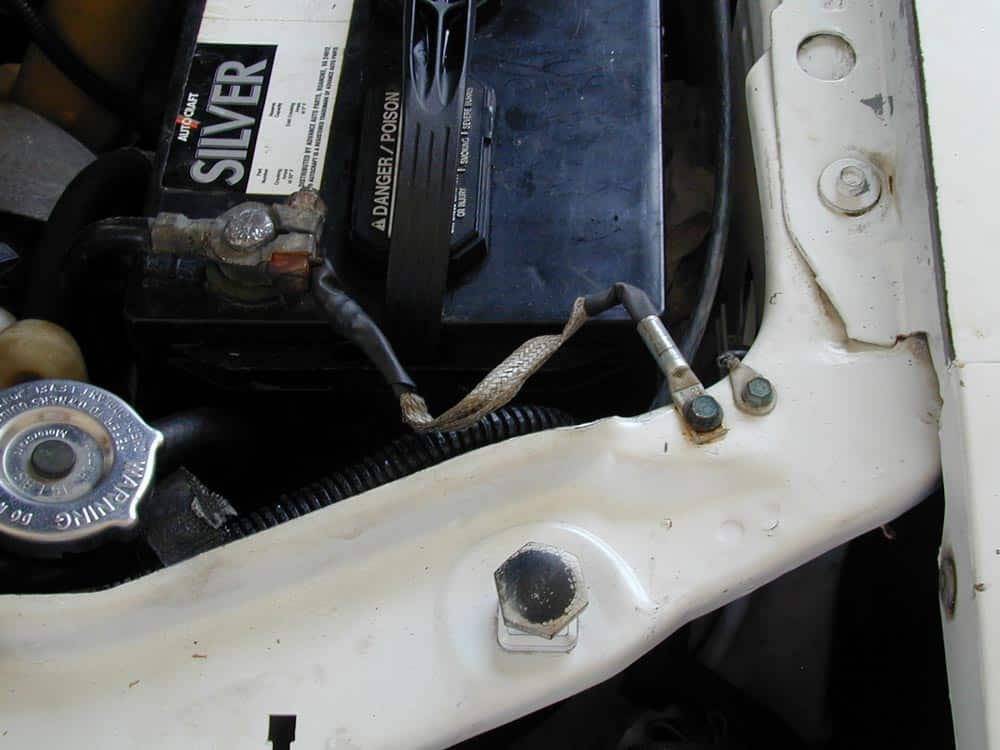
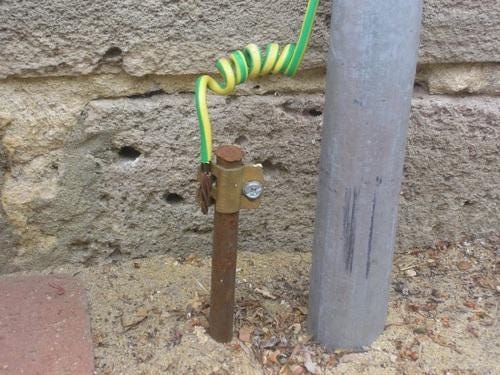
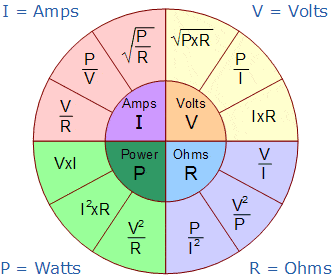
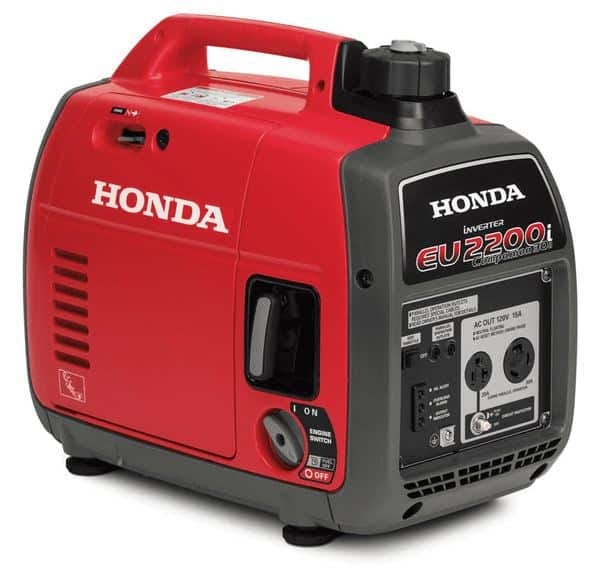
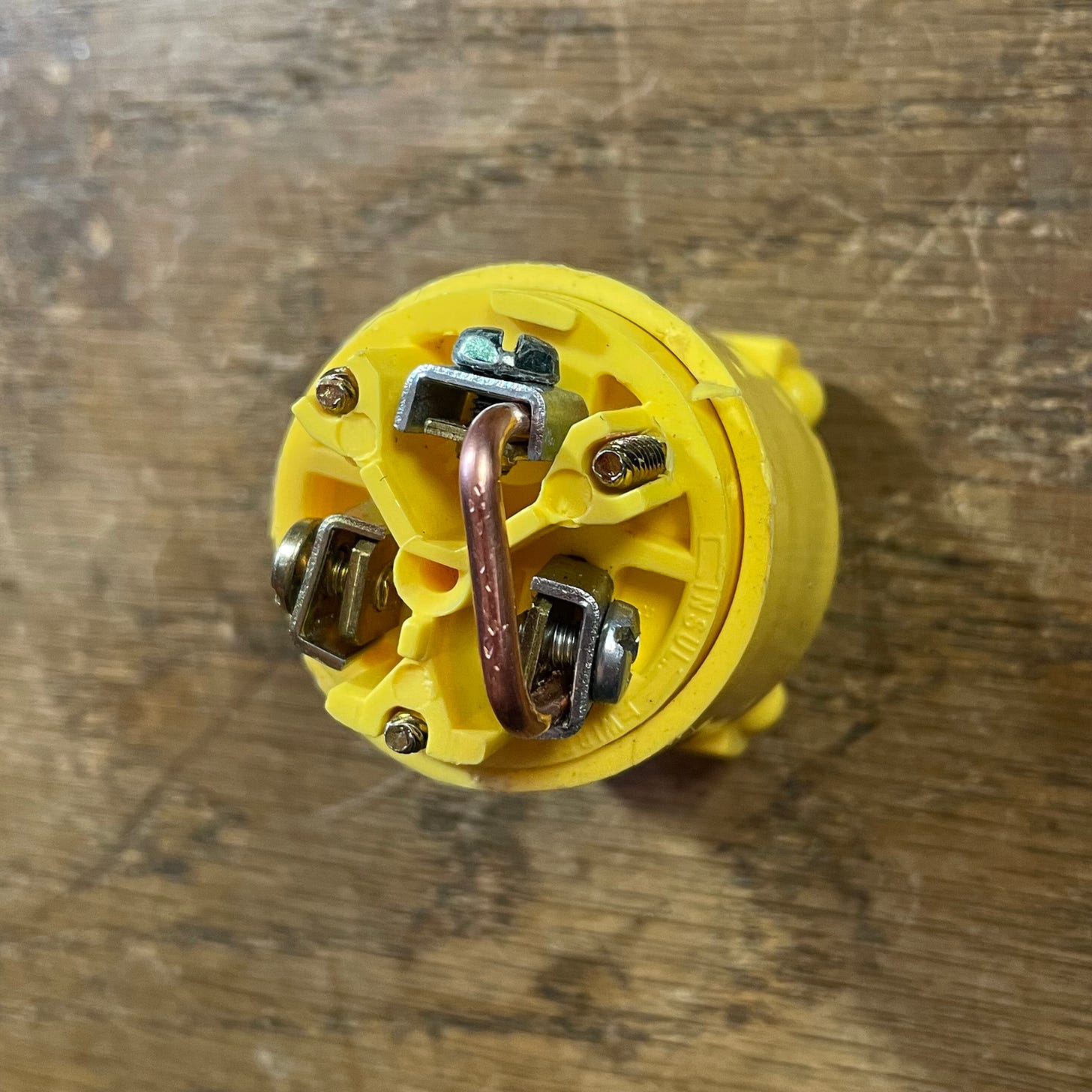
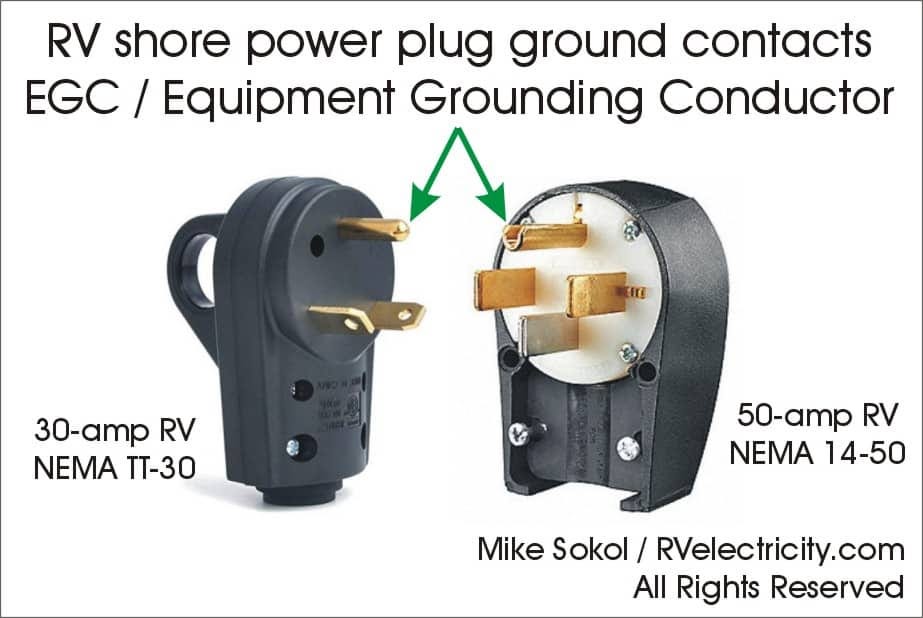
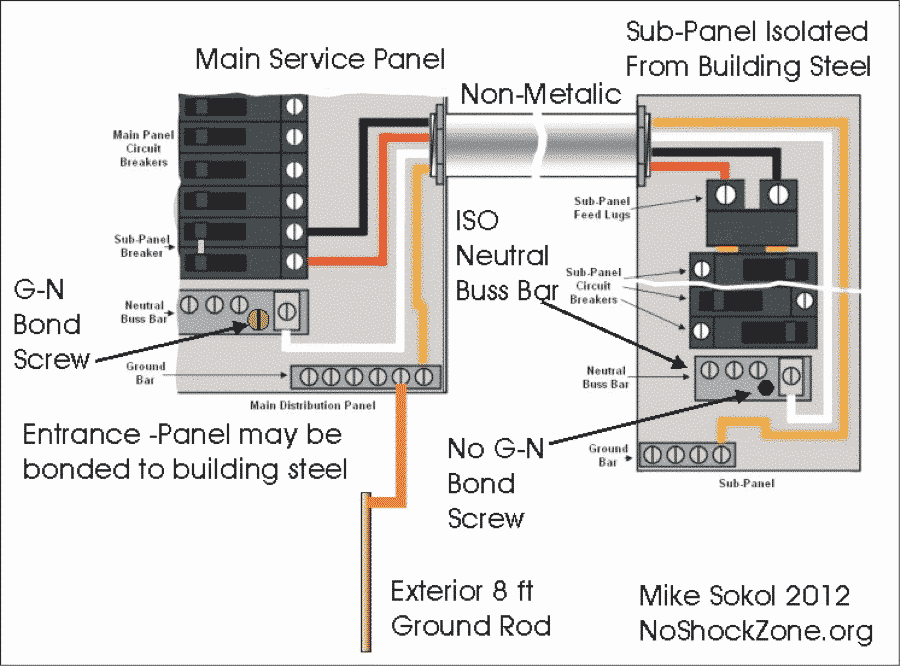


Wish I could send a picture
Great article. The same applies to radio grounding, but even more so. There are many Hams that think a rod pounded a couple feet into dry soil is a good ground. In reality it is the wire acting as a counterpoise that makes a difference.